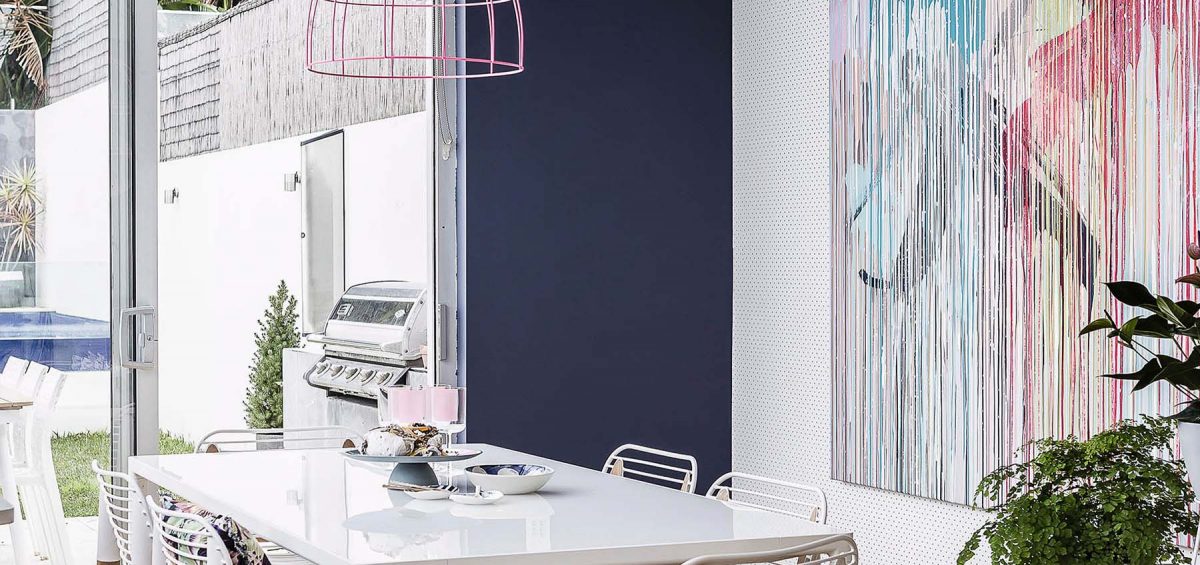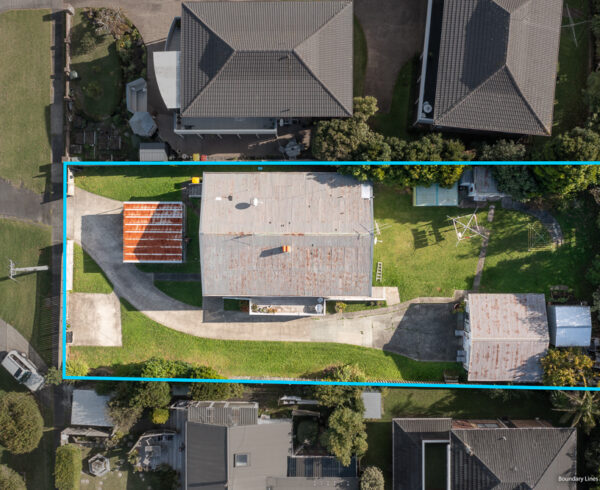Is your dining space feeling tired, neglected or non-existent? Give this integral space some time and attention by planning easy interior updates and you’ll be rewarded with a fun, flexible, hardworking and handsome room.
Shelley Ferguson looks at 10 reasons you’re having relationship issues with your dining space.
1. It’s boring
If your dining space is an actual room, painting it is an eye catching option. On-trend colours are greys, neutrals, navy, jewel tones or dusky blues and greens. If your dining space is open plan, you can still paint a feature wall or hang a statement oversized artwork to create a ‘look at me’ focal point. If your colour confidence is non-existent, stick to a strong neutral palette but play with pattern on chair cushions, curtains, candles and accessories to keep your space from feeling blah. Potted plants with structural leaves in patterned pots are another easy way of introducing colour (and making you feel happier).
2. It doesn’t work for you
If you’re lucky enough to have a dining room, you may as well make it work for you. Buy a buffet, sideboard or cabinet to store all your eating, drinking and accessorizing equipment. Make kids’ dinner less chaotic by devoting one half to children’s table setting stuff, including cleaning products and wipes for a quick tidy. The other half can stash placemats, dinnerware, cutlery and accessories so you can set an adult-friendly table in minutes. A glass-fronted cabinet filled with glassware is a beautiful addition to the room, and a bar cart will be a hit with a crowd (or just you!). Choose furniture that meets your family’s needs, and is practical for your lifestyle.
3. It’s not very grounded
Is your poor dining table looking a bit lonely in your large open plan space? Ground it with a rug. If your room is very square with lots of linear features, soften the look with a round shape. Practicality is key when choosing a design – choose easy-clean materials like natural fibres and opt for short cut pile or flat weave to avoid your rug becoming a food trap (sorry shagpile, you’re just not cut out for the job). Size is crucial – ensure you can comfortably push chairs in and out without them tripping on the rug’s edge.
4. It keeps you in the dark
We’re quite demanding on our dining rooms. We want to see what we’re eating, but feel uncomfortable if the light’s too bright. We expect the table to go from kids’ dinner circus to adults-only zone in minutes. Having a mix of task, accent and ambient lighting is the key. Many New Zealand homes already have downlights in the ceiling which can be a great source of general light (just make sure they’re on a dimmer switch), but you need different lighting sources to make the space really special. Choose a statement pendant to create a focal point over the table, get sconce lights installed for medium level light, place a lamp on a sideboard if you have one, and use candles on the table if you’re entertaining. Getting a lighting plan done by an expert can be well worth the investment.
5. It’s too bright
White is a popular paint choice, but it can look bright and, well, boring. Consider a beautiful soft shade instead, like grey, pale green or dusty blue to create a restful, sigh-inducing room. If you’re a colour-phobe and committed to white, become a master at using texture. Use different tints of white, woven materials, marbled surfaces, rustic touches and airy window treatments to add warmth to the room.
6. It’s too same same
If you’d describe yourself as Mrs Matchy-Matchy, teaming two chair styles might just annoy you. But if your dining room looks boring, it’s worth a try. Mismatched chairs and furniture are a fun way to take your dining room from tired to admired – they add interest and create more of an eclectic look (you know, like those people who can just throw an amazing outfit together). If you’re cautious, choose two designs and keep them in similar colour tones. Too much wood can look heavy, so mix materials when it comes to your table, chairs, flooring and furniture.
7. The time you spend together feels uncomfortable
Ever been to a dinner party and left with a sore bum after sitting on hard seats? If you love entertaining or spend a lot of time around the table, comfort is as important as what you’re serving up so try your seats before you buy. Upholstered chairs are a luxe option, but not such a smart move if you’ve got young kids. If you’re set on fabric, washable slipcovers are a practical alternative. Wood, moulded plastic and rattan are more forgiving of grubby fingers, and you can always buy removable seat cushions to add an extra layer.
8. You can’t afford it
Dining rooms contain big ticket items, but don’t let that fool you into thinking you can’t achieve a beautiful look on a budget. A dining area is a fun space to experiment by mixing and matching new pieces with treasured items and second hand finds. If you’re on a budget, buy a good quality second hand table, and team it with new chairs. You could splash out on a new rug, but pair it with vintage chairs and a pre-loved sideboard. Good second hand shops are treasure troves for styling items such as vases, ceramics, bowls and trinkets that look interesting and help create an interior that tells a story about you.
9. It doesn’t look finished
No one likes being naked in front of a crowd, including your living room. Dress it up with gorgeous finishing touches like vases, ceramics, candles, greenery and flowers. Add wow factor to your table with a centerpiece – it could be a big bunch of flowers, or a group of items of different heights and sizes. A tray works well to ground items, turning a collection of things into a centerpiece.
10. It’s not there for you
With the prices of real estate these days, many people can’t afford a standalone home, let alone one with a dining room. If you’re eye rolling at the rest of this article because you don’t have enough room to swing a cat, get creative with space and try out a temporary option. Assess your walls – could you fit a table that folds out from the wall or pulls out from between two drawers, or a café corner with a high bench and stools? Permanent options could include banquet corner seating with a small table, built-in bench seating or a booth in a nook. If you’re short on room, a small round table is a smart use of space.







Recent Comments